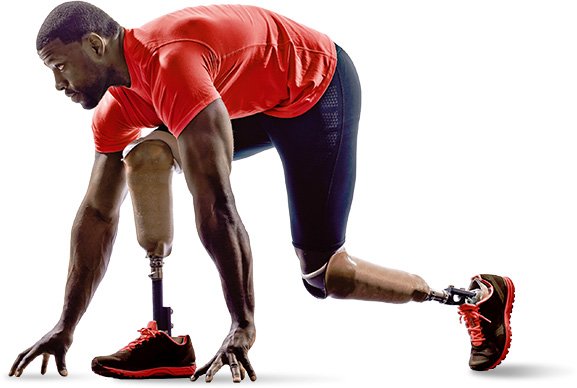Three Technologies For Improving Quality And Access To Prosthetics & Orthotics Services

Prosthetics & orthotics services constantly need to better the quality as well as access to the services they offer. In the contemporary world, integrating technology is the best way to achieve this. Nevertheless, there is a need to identify and outline which of these technologies can be used for such purposes. This article will discuss three fundamental technologies for improving quality and access to Prosthetics & Orthotics Services.
1. Technology for Activity Monitoring
The technology for activity monitoring is often used along with feedback from the service user and clinical records to give crucial information concerning the utilization of prostheses and orthoses and if they sufficiently meet the user's needs. The technology is of the essence since becoming conscious of how prostheses and orthoses are utilized in daily life is key to evaluating the devices, designing them, their provision, and the related services. Aside from the high cost of this technology, it is efficient in providing insights when it comes to the use of prostheses and orthoses to foster their improvement and improve the quality of prosthetics & orthotics services.
2. Orthotics Prosthetics User’s Survey (OPUS)
OPUS is an effective technique for the measure of quality of life, satisfaction with prosthetics & orthotics services and equipment, as well as lower limb functional status. It is a PRO measure technology designed explicitly for prosthetics and orthotics service users. Contemporary psychometric approaches were used to build the technology, proceeded with an extensiveevaluation in the United States, Central America, and Europe and confirmed for its effectiveness. It is a technology that is efficient in data collection, both from children and adults who are users of prosthetics & orthotics services and equipment, thus, allowing for the improvement of their quality. OPUS falls among the few measures tailored to precisely evaluate satisfaction among patients who use prosthetics & orthotics services and devices as per the ABC requirements.
3. Social Media
Finally, the most known and easily accessible technology to use, not just for improving quality but also for access to prosthetics & orthotics services, is social media. Social media can be used to improve the quality of prosthetics & orthotics services by enhancing patient engagement and offering them a platform through which they can communicate with the prosthetics and orthotics facility effectively. The technology serves the crucial function of enabling patients to reach the prosthetics & orthotics service providers with ease and get the timely assistance that they need. In furtherance, social media can also be used for digital marketing to boost the prosthetics & orthotics services outreach and engage with an even broader audience. Aside from this, it also helps mitigate challenges faced in prosthetics & orthotics services, such as lack of awareness, through offering a platform for awareness campaigns.